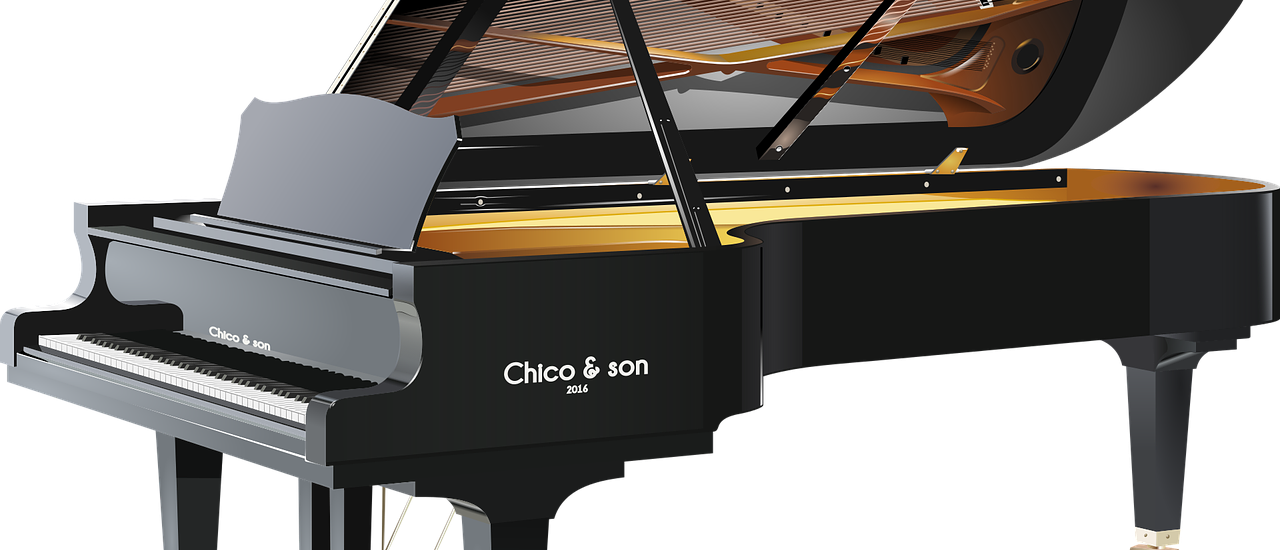Moving a piano is a pretty massive undertaking because a piano is a pretty massive piece of furniture. A piano typically weighs from 350 to 1000 pounds or more. But a piano is more than just a big, bulky piece of furniture. It’s also a delicate instrument that requires expert, careful handling.
Here are some tips for preparing your piano to be moved to another location or into storage.
1. Cover the Keyboard
The keyboard can become damaged if it’s left open and unprotected during the move. Close the keyboard cover and lock it. If your cover doesn’t have a lock, use removable tape to close it. Make sure you use tape that won’t damage the wood finish on the keyboard.
2. Take the Wheels Off
If your piano has wheels, you will need to remove them. Wheels on piano legs are there to move the piano easily from one side of a room to another. They are not designed for heavy-duty moving and transporting.
Often, these wheels have deteriorated from years of bearing the piano’s weight. If you leave them on, they could cause the piano’s legs to break. Remove them and stash them safely away in a box that you’ll store with the piano.
3. Dust the Piano Carefully
Dust can scratch a piano’s finish if the dust is disturbed during a move. It can cause the same problem if the piano is left wrapped up in storage. You don’t want to take your piano out of storage to find that the veneer is a mess of ugly scratches. To avoid this, wipe it carefully from top to bottom with a soft cloth. Remove all the dust before you wrap it.
4. Hire Professional Piano Movers
Attempting to move a piano yourself, or with a team of inexperienced movers, is a recipe for frustration and possible disaster. Even professional furniture movers can’t move one without the right training and equipment.
Your piano is more than a heavy piece of furniture. It’s a treasured part of your life. It could be a family heirloom. It could be the source of your income or your greatest enjoyment. Treat it with the respect it deserves. Hire movers who are experienced and trained in the specifics of piano moving.
5. Use Plenty of Padding
You should use several different wraps around your piano. Start with a moving blanket. Make sure you cover the legs and keyboard thoroughly. Tape the blanket to hold it firmly around the piano.
After wrapping the piano in a blanket or two, cover the whole thing with heavy-duty plastic wrap. This will help protect the piano from moisture and add protective barrier. You can’t be too safe with your piano.
6. Have a Tuner On Call
Even the gentlest move can throw a piano’s tuning off. The problem isn’t necessarily the movement, but the fact that the piano has been moved to a new environment where the temperature and humidity levels are different.
Experts recommend waiting a week or two after a move to see how your piano sounds. It’s very likely that after spending some time in storage, your piano will need tuning.

